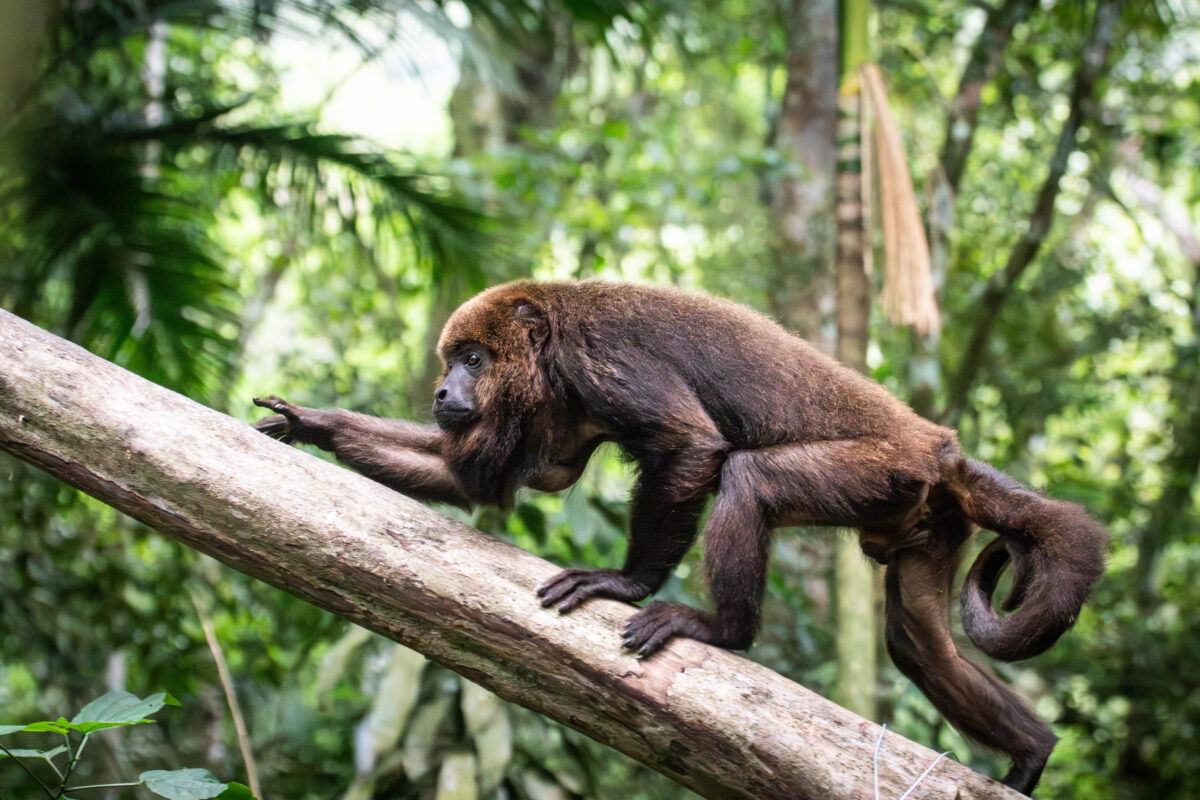Following a deadly yellow fever outbreak in 2016, brown howler monkeys are slowly making a recovery through targeted vaccination and reintroduction efforts in one of the world’s largest urban forests. The recovery is detailed in a Mongabay video by Kashfi Halford and a report by Bernardo Araujo. Brown howler monkeys (Alouatta guariba) are endemic to the Atlantic Forest in Brazil and Argentina and were considered the primate species most affected by yellow fever, a deadly viral disease transmitted by mosquitoes of the Aedes genus. Scientists adapted a yellow fever vaccine originally developed for humans to successfully vaccinate howler monkeys. Now, all howlers slated for translocation must be vaccinated, including those reintroduced later to the 4,000-hectare (10,000-acre) Tijuca National Park, an urban forest at the heart of Rio de Janeiro. Located in the Atlantic Forest, Tijuca was deforested heavily to make way for housing and coffee plantations. However, after the area experienced water shortages, a reforestation program was introduced in the 19th century. Even with reforestation, it was considered an “empty forest,” ecologist Fernando Fernandez, from the NGO Refauna, told Mongabay. Refauna was founded to rebuild the native animal life “and make this forest work again as a healthy ecosystem,” Fernandez said. As Mongabay has previously reported, the national park has become a living laboratory for reintroductions of locally extinct species. Howler monkeys were first reintroduced in 2015, becoming the second reintroduced species to make the park their home after the agouti (Dasyprocta leporina). Both animals are excellent seed dispersers that could…This article was originally published on Mongabay
From Conservation news via this RSS feed


